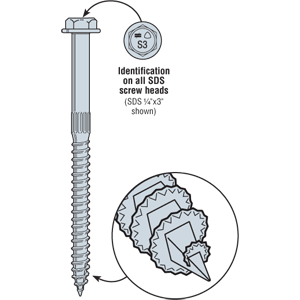I had a plumber replace the first floor drains in our basement so they no longer hang below the joists, making for an easier and cleaner drywall ceiling installation. In one spot he had to re-drill through the joist for a 4" pvc. The new hole is only about 22" from the original hole in the same joist. There was no other option, and now I want to reinforce where the original hole is. These are glue lam I beam joists and I was wondering if just taking a pair of 2x6 running a foot or so in either direction and sandwiching the middle of the joist with 5/8 x 3-1/2" lag screws going in from both sides would be sufficient. Maybe toss in some glue just to be sure. There is a bathtub above this area so being more cautious is natural. Also, what is the predrill for 5/8 lag screws for framing timbers?
Thanks,
Lance Tonkinson
Thanks,
Lance Tonkinson



Comment